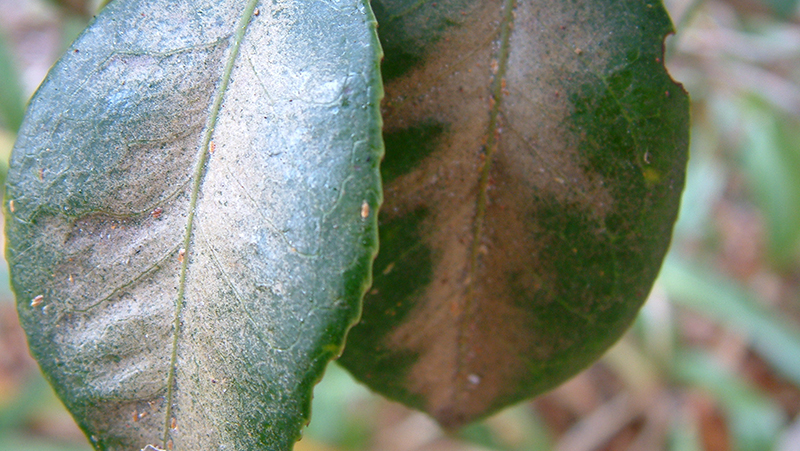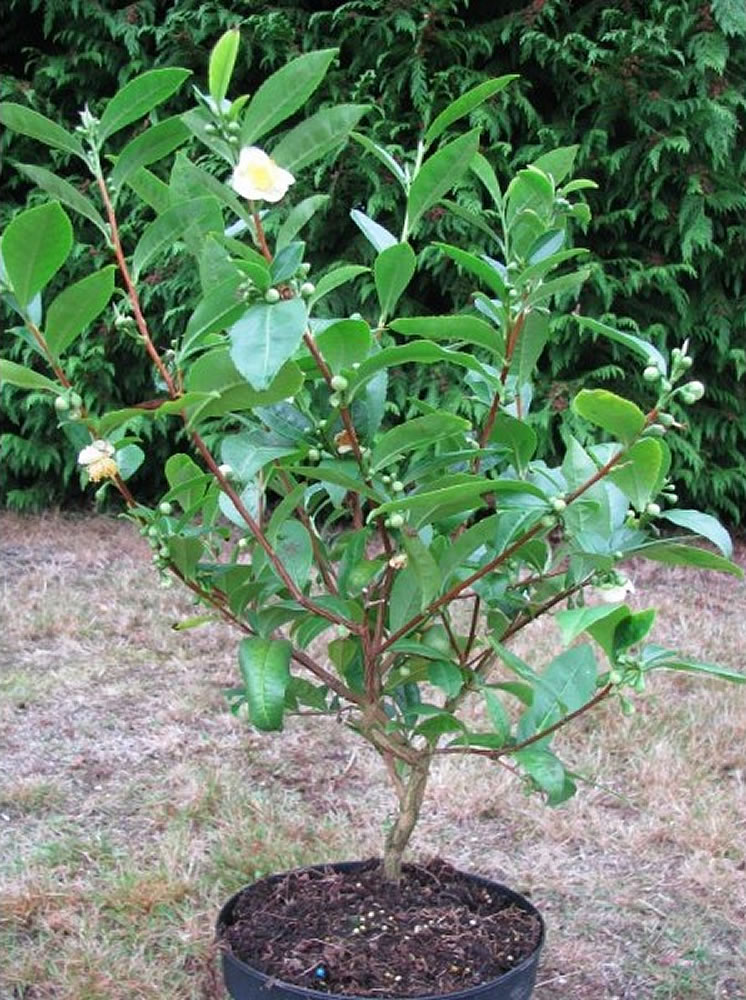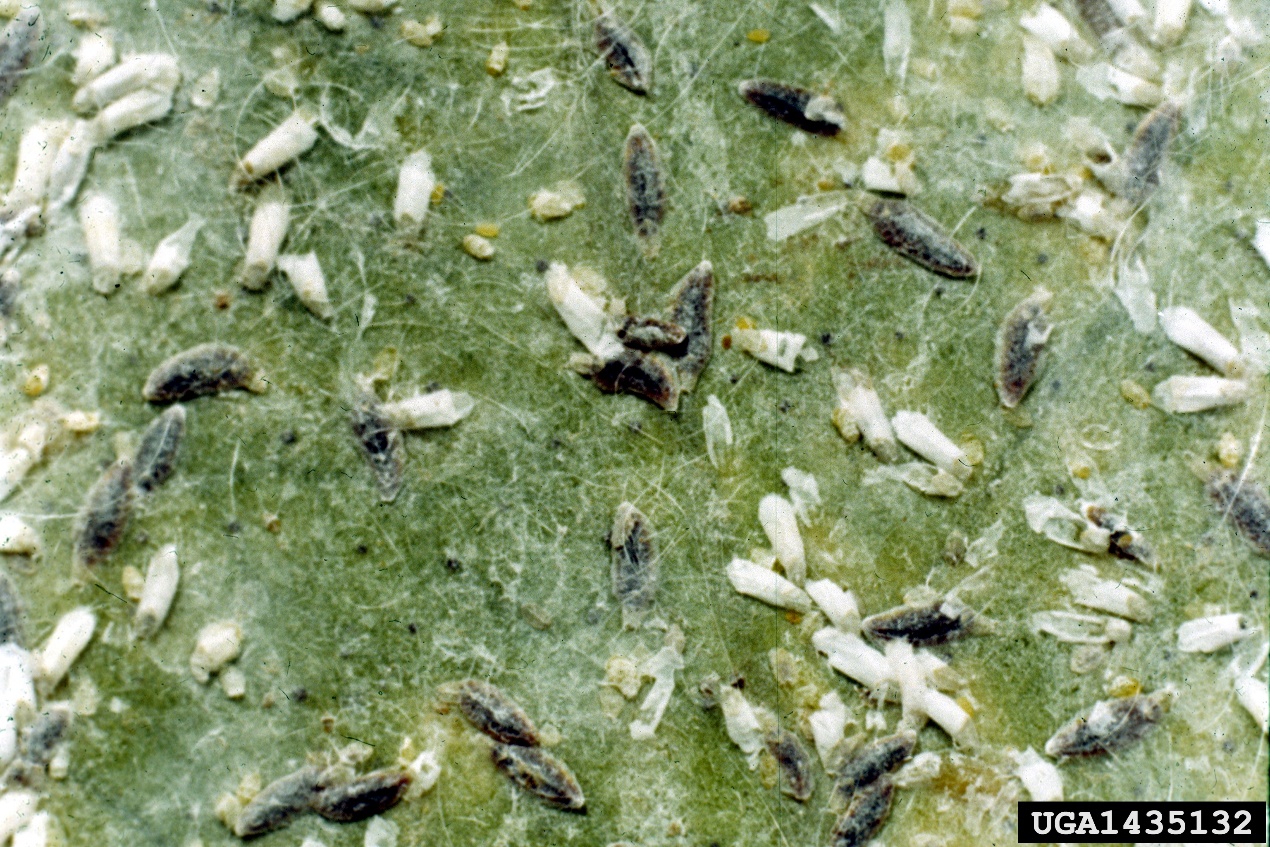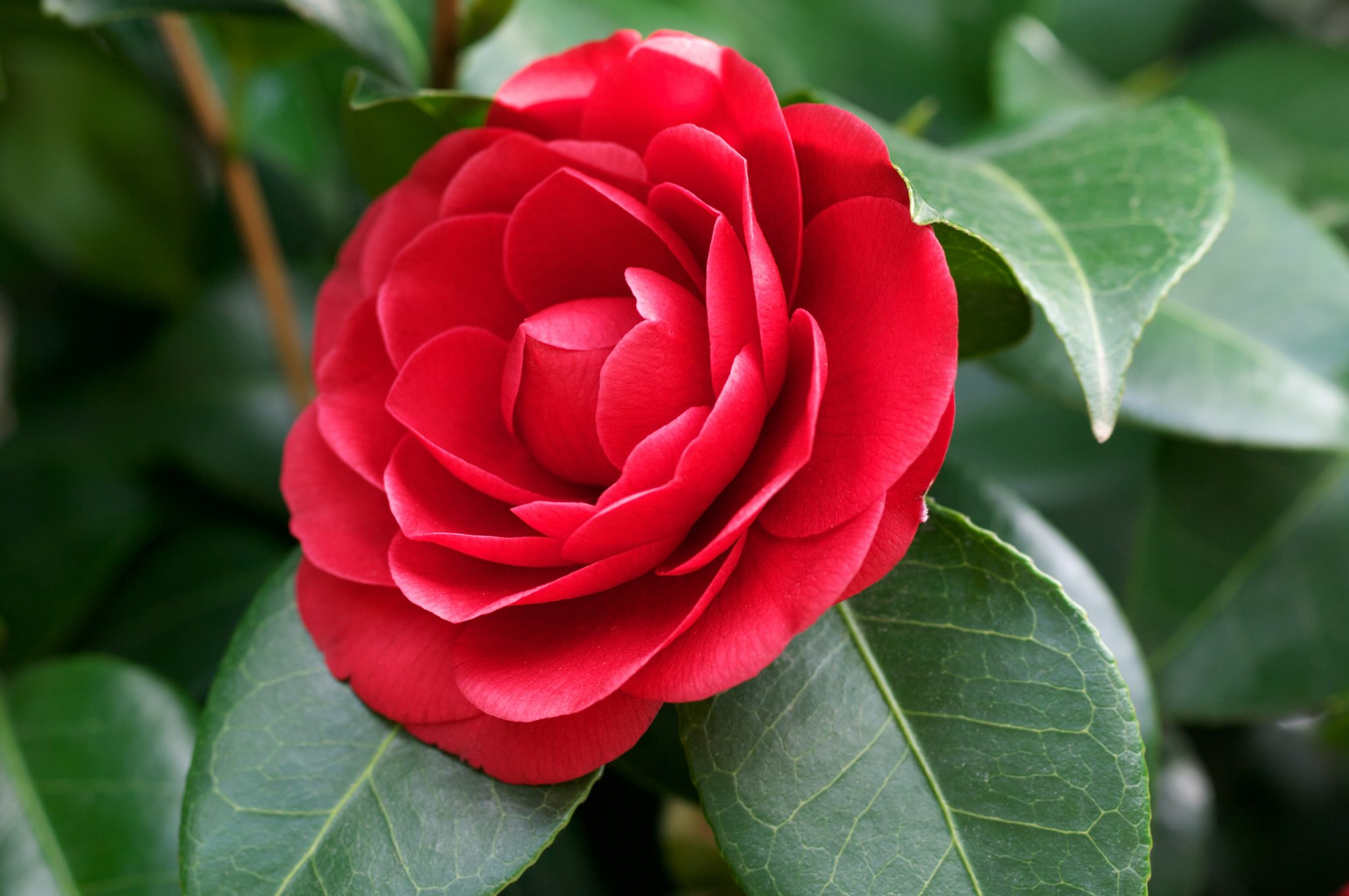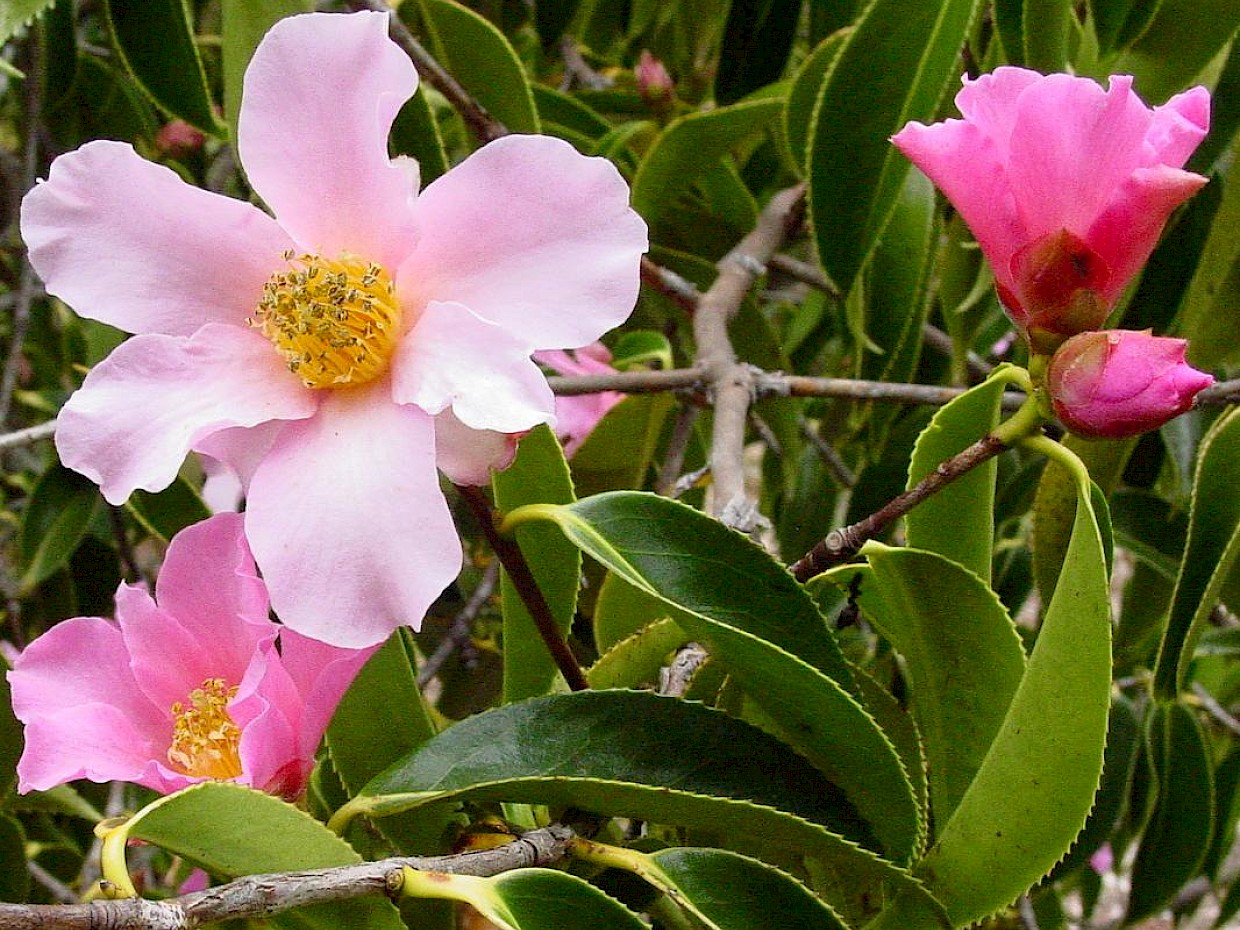Camellia Tea Mite Treatment

This seems more common in garden situations where dry still conditions are constant particularly along fences and in shade houses where over crowding occurs.
Camellia tea mite treatment. Camellia gall mites or spider mites. The southern red spider mite is the most common in the southeast. I have also seen a comment recently about a new camellia pest the camellia tea mite. The southern red spider mite oligonychus ilicis the tea red spider mite o.
As the source of all black green and oolong tea camellia is an important plant to the economies of many countries. In north america it is valued more for its. Naturally they like a good watering when it comes. An established camellia bush will withstand dry periods very well.
Take a look and find out interesting facts about the plants around you know what to plan where and discover more about nature. Three species of spider mites attack camellias. Spider mites are tiny as camellia bud mites and just as difficult to see. Bud mites are not the only types of mites to infect your camellia.
Look for signs of spider mite damage including speckled silvery leaves webbing or leaves that fall off the camellia. The effects of camellia tea mite can be noticed in the cooler months when a bronze discolouration develops on the foliage. Also known as the ribbed tea mite it s a pest of the tea plant camellia sinensis and ornamental camellias. Camellia tea mites cause bronzing along the middle of the leaf and leaves may curl and have a dull appearance.
Mites like dry conditions so hose your plants to increase humidity. Spider mites will fall off the camellia and onto the paper. Two spotted mites two spotted mite also known as red spider mite may choose camellias as a host over the hotter months. We have a comprehensive list of garden guides on how to grow plants in your garden.
Prune off affected growth and put it in the rubbish bin. Coffeae and the twospotted spider mite tetranychus urticae. Camellia gall mites are tiny insect pests that create blistered leaves or galled twigs on infected plants. The camellia tea mite also called the camellia red spider mite has been around for some time.
